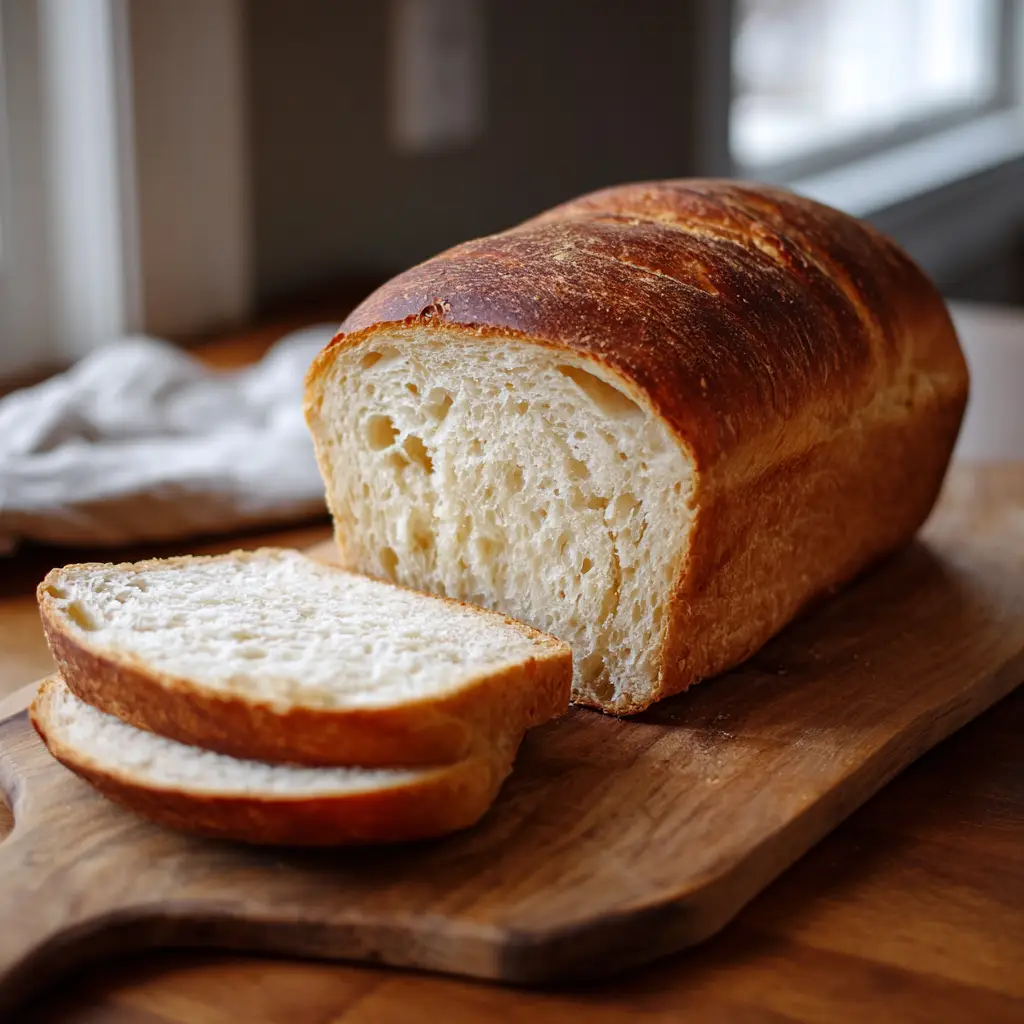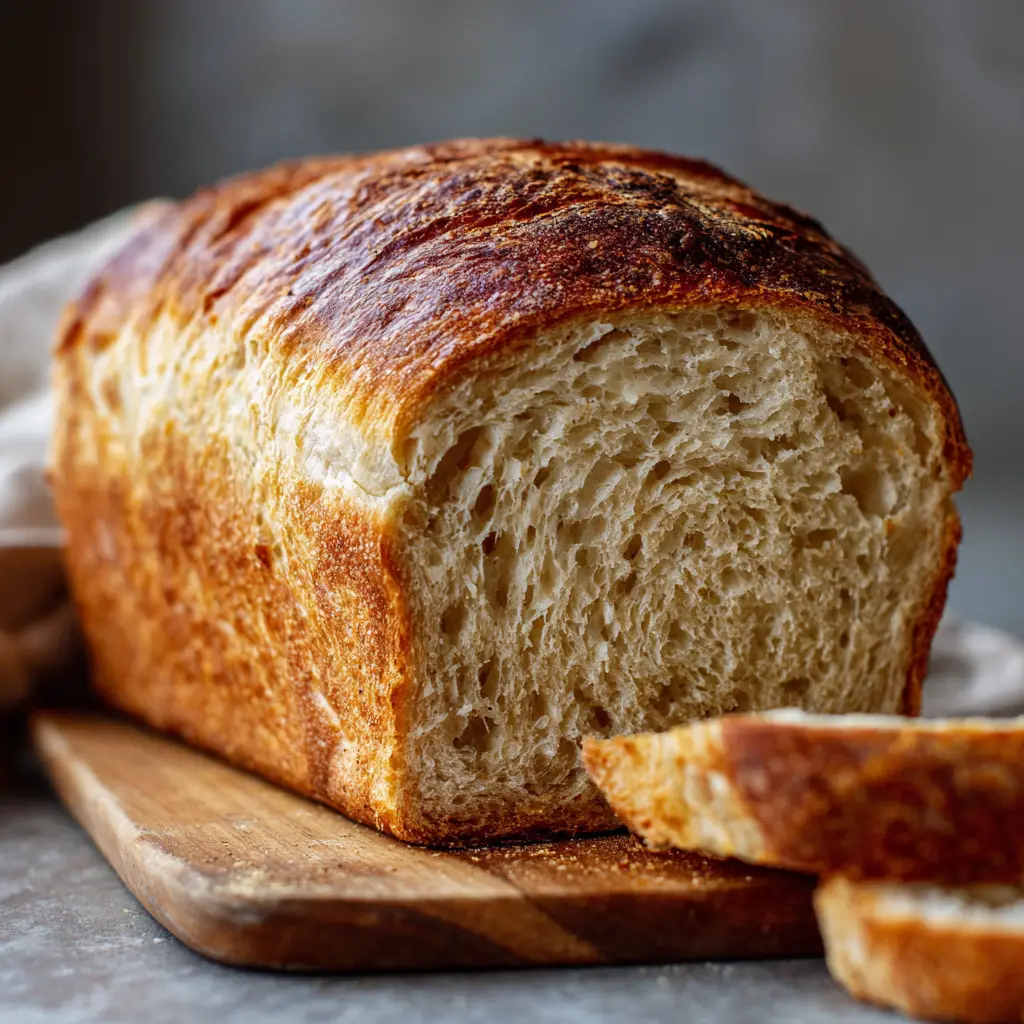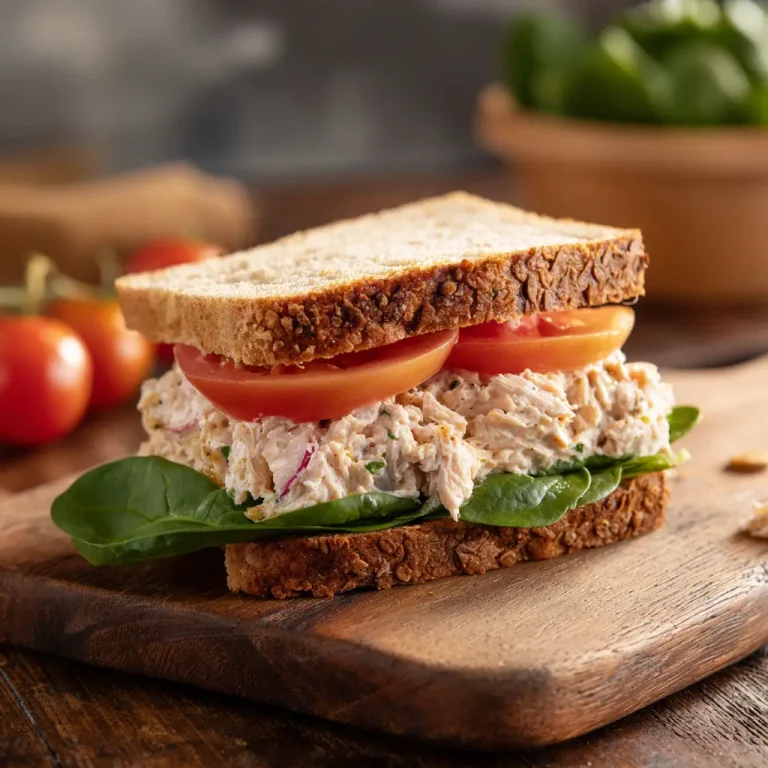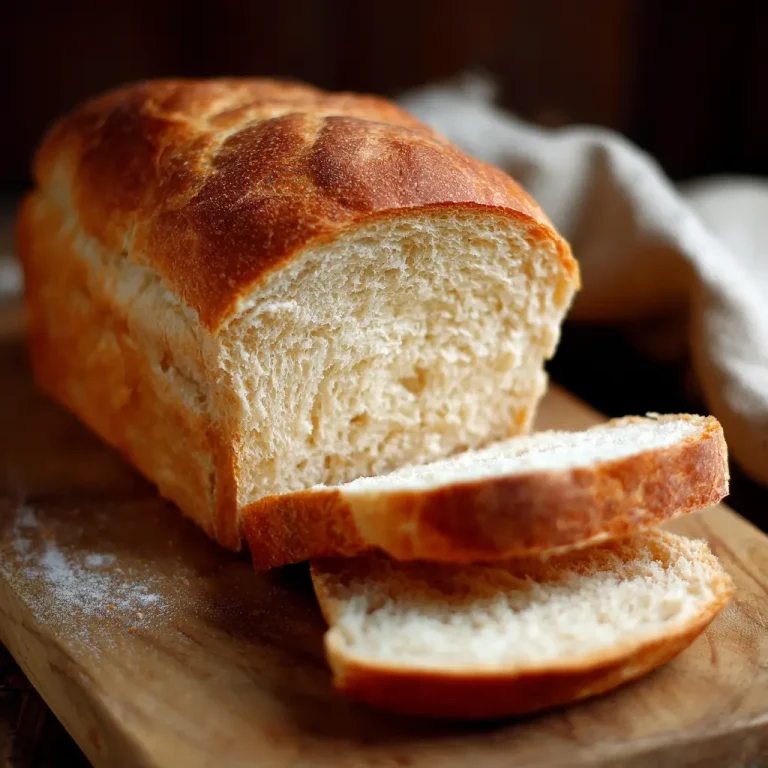Introduction
Baking a loaf of sourdough sandwich bread at home is one of the most satisfying kitchen projects. The process combines patience with creativity, and the result is a soft yet sturdy bread that slices beautifully for sandwiches or toast. The flavor is deeper and more complex than standard loaves, carrying a subtle tang that only a natural sourdough starter can provide. Making it at home also gives you full control over the ingredients, ensuring that your bread is free from unnecessary additives while being packed with wholesome goodness. The texture of sourdough sandwich bread is soft enough for delicate spreads but firm enough to hold hearty fillings without falling apart. It is also highly versatile, pairing well with sweet toppings like jam or honey as well as savory additions such as cheese and roasted vegetables.
Ingredients Needed

The following table provides the essential ingredients for sourdough sandwich bread along with their approximate calorie count per serving.
| Ingredient | Quantity | Calories |
|---|---|---|
| Active sourdough starter | 150 g | 150 |
| Bread flour | 500 g | 1820 |
| Water | 300 ml | 0 |
| Olive oil | 2 tbsp | 240 |
| Honey or sugar | 1 tbsp | 64 |
| Salt | 10 g | 0 |
| Butter (for greasing) | 1 tsp | 34 |
Step-by-Step Cooking Instructions
- Begin by feeding your sourdough starter several hours in advance so it is bubbly and active. A lively starter is key to a light and airy loaf.
- In a large mixing bowl, combine the starter, warm water, and honey until well blended. Gradually add bread flour and salt, mixing until the dough comes together.
- Knead the dough on a floured surface for about ten minutes until it feels smooth and elastic. Alternatively, use a stand mixer with a dough hook for easier handling.
- Transfer the dough into a greased bowl, cover with a clean cloth, and let it rest for four to five hours at room temperature. The dough should double in size.
- Gently deflate the dough and shape it into a rectangle. Roll it tightly into a log and place it into a greased loaf pan.
- Cover again and allow a second rise of two to three hours. The dough should reach just above the rim of the pan.
- Preheat your oven to 375°F and bake the loaf for 35 to 40 minutes until golden brown on top and hollow sounding when tapped on the bottom.
- Remove from the pan and let the bread cool completely on a wire rack before slicing.
Tips for Customizing the Recipe
A sourdough sandwich loaf can easily be adapted to suit different tastes and dietary preferences. For extra texture and nutrition, try adding sunflower seeds, flax seeds, or oats into the dough. If you prefer a slightly sweeter bread, increase the honey or use maple syrup for a unique flavor twist. Whole wheat flour can replace a portion of the bread flour for a heartier loaf, although the texture will be denser. Herbs such as rosemary or thyme can also be added to the dough for a fragrant and savory version that pairs beautifully with soups or grilled meats.
Nutritional Information
A single slice of sourdough sandwich bread made with this recipe contains approximately 120 calories. It provides around 4 grams of protein, 1.5 grams of fat, and 22 grams of carbohydrates. The naturally fermented nature of sourdough also makes it easier to digest for many people compared to regular bread. It has a lower glycemic index, which means it helps maintain more stable blood sugar levels.
Serving Suggestions

Sourdough sandwich bread is highly versatile and can be enjoyed in countless ways. Use it to build classic sandwiches with fresh vegetables, cheese, and deli meats. It also makes excellent toast, whether topped with creamy avocado, nut butter, or a drizzle of honey. For a comforting meal, serve it alongside soups, stews, or salads. It can also be used to prepare French toast or grilled cheese, giving familiar dishes a richer and more complex flavor.
Conclusion
Homemade sourdough sandwich bread is more than just a recipe; it is a tradition that brings warmth and comfort to the kitchen. The balance of flavor, texture, and nutrition makes it a wonderful staple for everyday meals. With a little practice and patience, each loaf becomes a rewarding experience, filling your home with the aroma of fresh bread and offering slices that are both nourishing and delicious.






